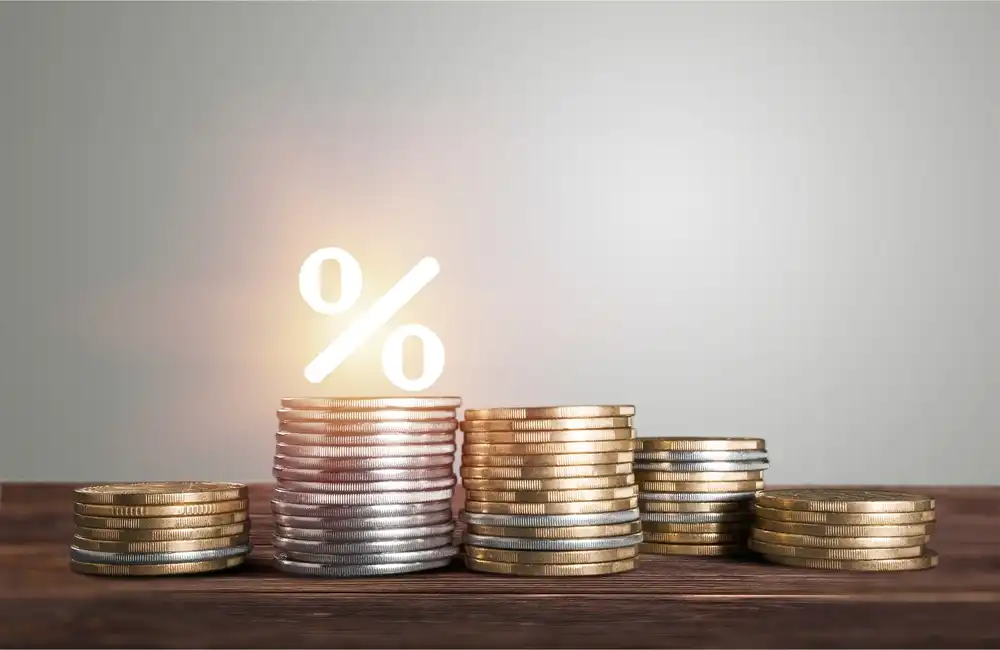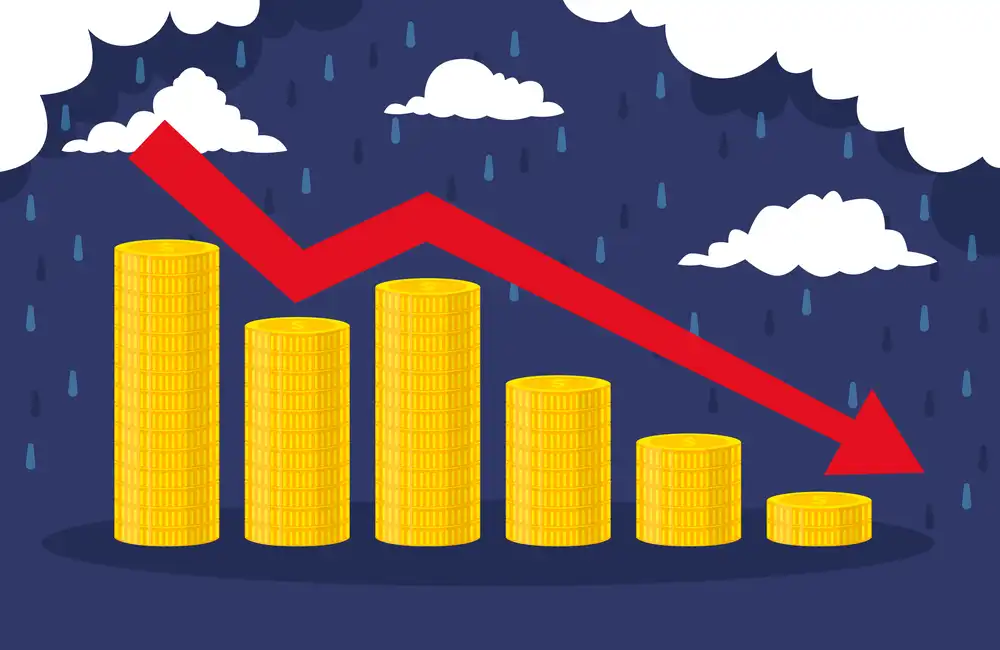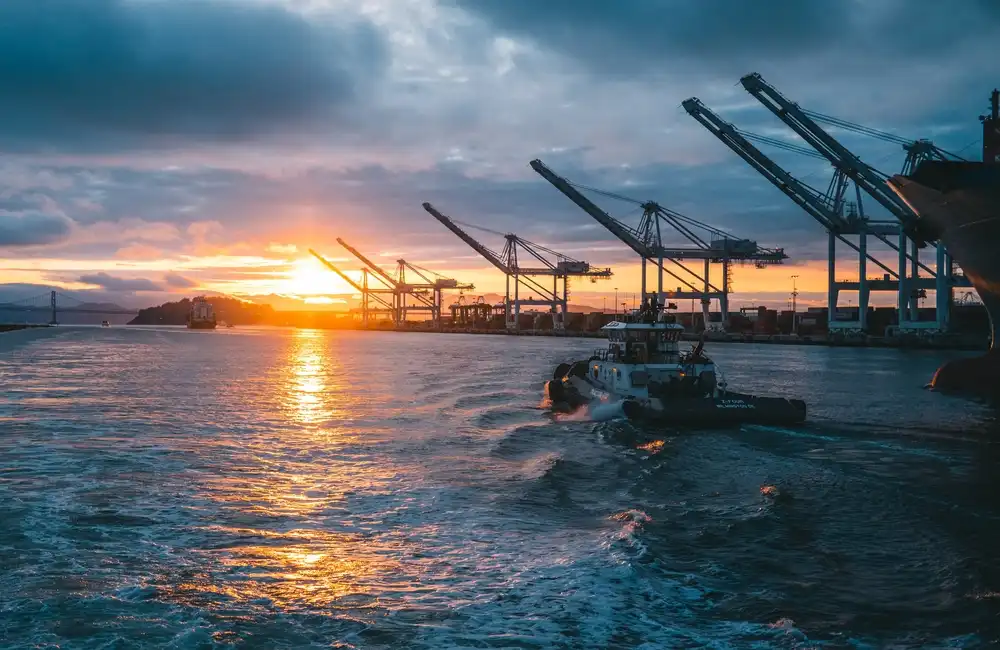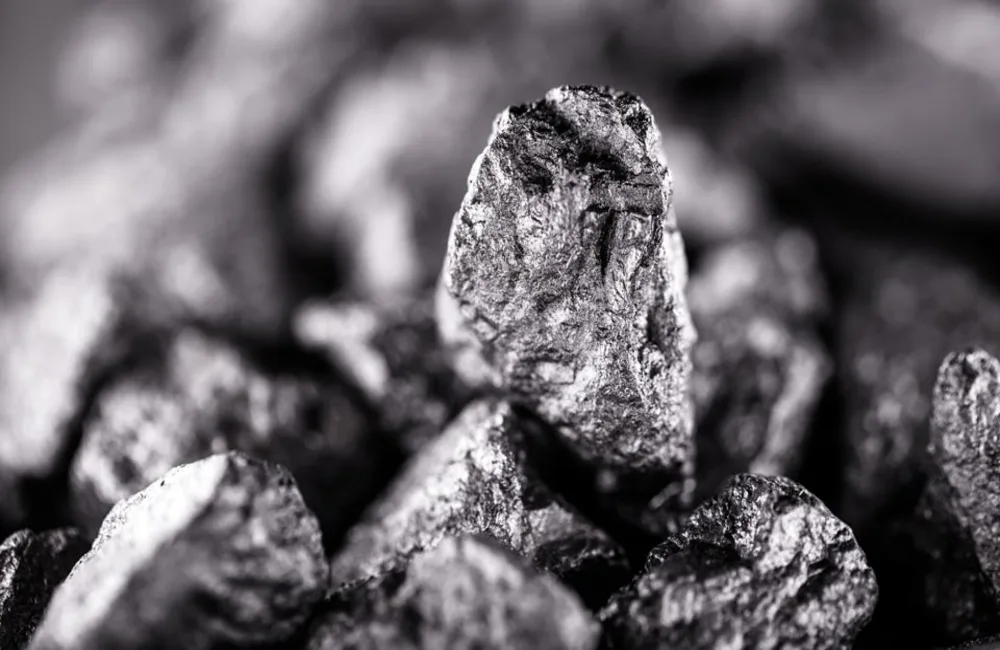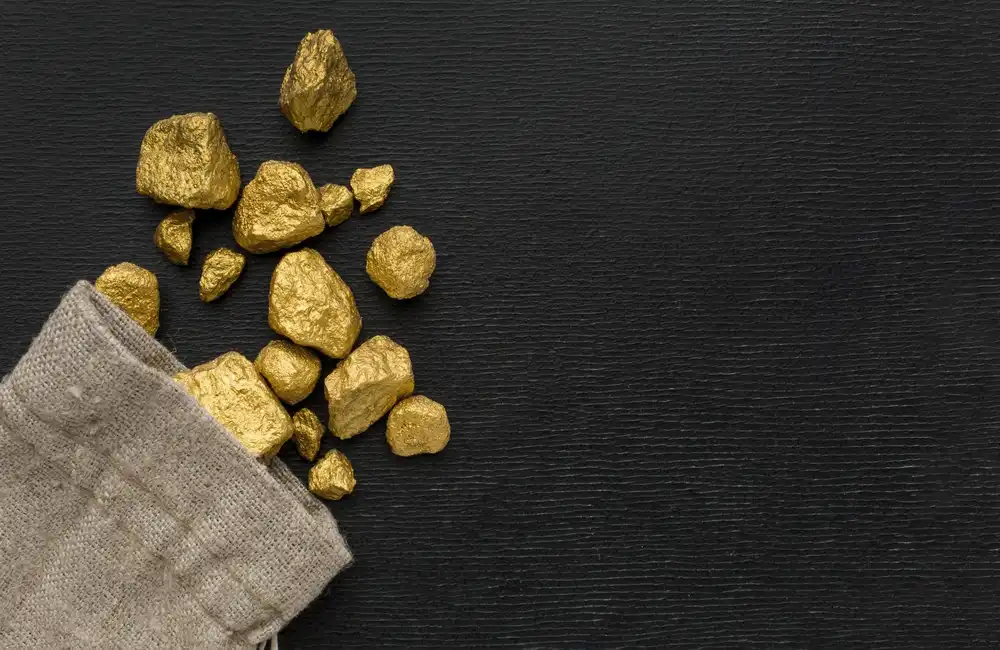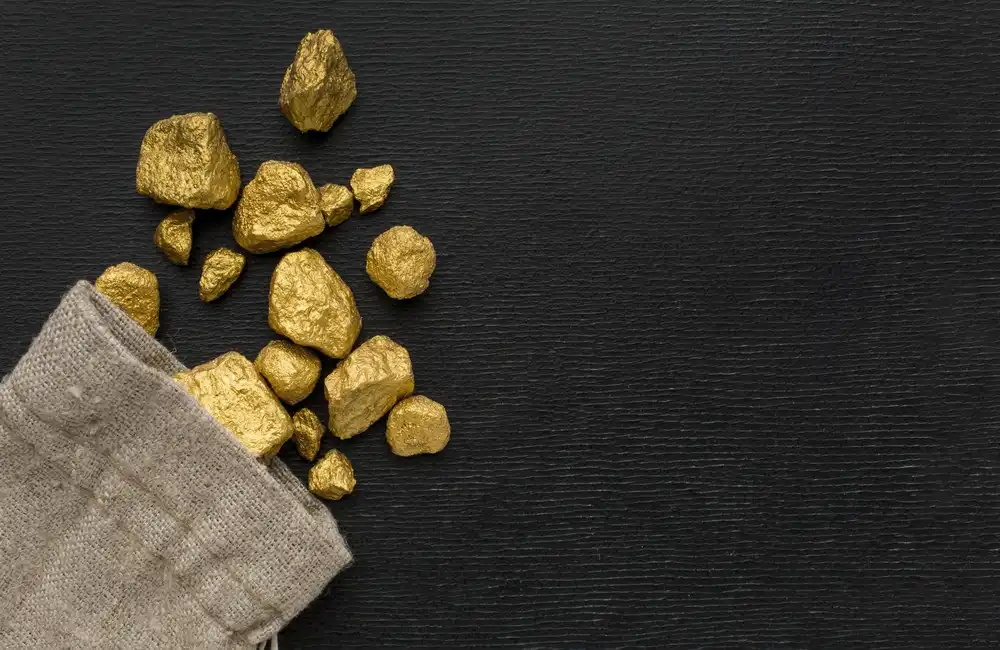Work is being fast-tracked on Kabanga Nickel's "development-ready" nickel sulfide deposit in western Tanzania, now expecting to go into production in Q4 2025 or Q1 2026 to match with an "inflection point" in electric vehicle making that the UK-registered private company anticipates, the company's CEO said.
Kabanga Nickel Project and Its Development
Two years ago, Barrick Gold and Glencore sold the project to the current owners, who in turn, offered the Tanzanian government a stake of 16% and a mineral royalty package of 6%.
Kabanga Nickel, which is already fully licensed, is now revising an existing bankable feasibility study from 2015, CEO Chris Showalter said. But management aren’t going to stick a gun to their heads for another 12-14 months to get the update in place, “given the wonderful market prospects for the battery-grade nickel that this will produce for the manufacture of EV batteries,” he added.
“We are not waiting for the feasibility study to finish before we start [constructing],” Showalter said in an interview with S&P Global Commodity Insights. “We’ve got a lot of confidence in the existing feasibility study, and investment to give procedures the green light.”
The project’s planned start-up in 2025-26 should correspond with “a massive increase in EVs demand,” he added, noting that Volkswagen is said to have “sold out” of its EVs in the European and US markets for the rest of this year thanks to soaring demand.
BHP has also committed to invest $100m in the project, an initial $50m and another $50m later this year if certain conditions are met, the group said in a statement in January. The mining major would then receive equity in the nickel mining and processing company. The first tranche includes $40 million that has already been placed with Kabanga Nickel and $10 million with Lifezone, which owns the patents for the eco-friendly hydrometallurgical process that will permit Kabanga to produce what Showalter terms "clean" nickel, for which there hasn’t yet been a definition for "green" nickel.
The overall investment needed in Kabanga Nickel has been estimated at $1.3 billion, comprising $950 million for the mine and $350 million for the hydrometallurgical plant.
Kaz Minerals has said the output from the project's finalised product will be about 48,000 mt/year of nickel; 7,000-8,000 mt/year of copper and 4,000 mt/year of cobalt, in cathode or rounds form, produced to LBMA 99.9% purity standards.
Because of hydrometallurgy, CO2 equivalent emissions per mt of nickel produced at Kabanga will amount to only 4-5 mt, giving the mine one of the lowest carbon footprints of any nickel production in the world, Showalter said.
Offtake 'Competition' and Future Developments
A “competition process” for offtake will be run at a later date for battery manufacturers, with carmakers and traders having already expressed interest, Showalter said. There have been no talks so far about setting up a local plant for battery precursors, but that could very well be the "next step," he said.
Kabanga Nickel, which has a mine life of 33 years at production levels currently envisioned, is a "scalable" project whose useful life could be extended or production raised because of the quality of the deposit and exploration programs, Showalter said.
Regional Exploration and Potential Metals Hub
Thanks to the stellar prospects, Kabanga Nickel's developers are also now expanding exploration work across six contiguous blocks within the region's mineral-rich Kibaran complex, Showalter said. They hope to assist in the establishment of an East African minerals producing and processing hub, by means of hydrometallurgy, using LifeZone technological, he said.
The Kibaran nickel mineral complex, claimed to be one of the world’s most significant, is a geological belt running from Tanzania through Rwanda, Burundi, and the Democratic Republic of Congo. Showalter said the region has already contemplated the idea of a mineral processing hub for the use of multiple companies and countries.
The increased hydro-electric power capacity in Tanzania, with the commissioning of the Rusumo dam and grid expansion and planned expansion of the rail network, should be positive for developing the regional mining industry, Showalter added. Tanzania, whose government is now viewed as friendly toward mineral development, including by foreign investors, has reserves of gold, copper, cobalt and graphite, along with nickel.
London Metal Exchange cash nickel prices settled at $30,200/mt on May 5, down 0.61% on the day. The metal is used in manufacturing stainless steel and batteries, and began the year priced at $20,925/mt.



